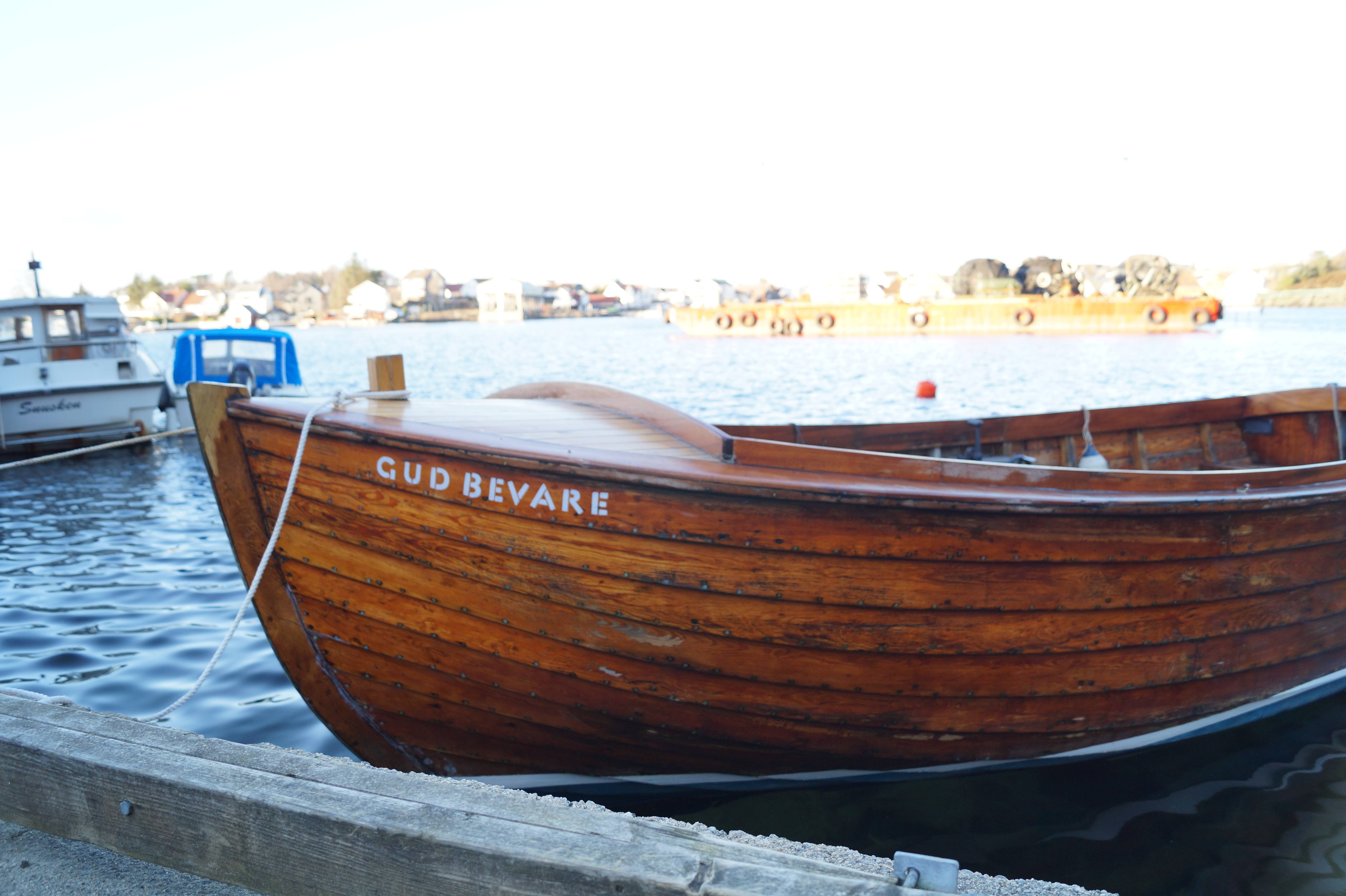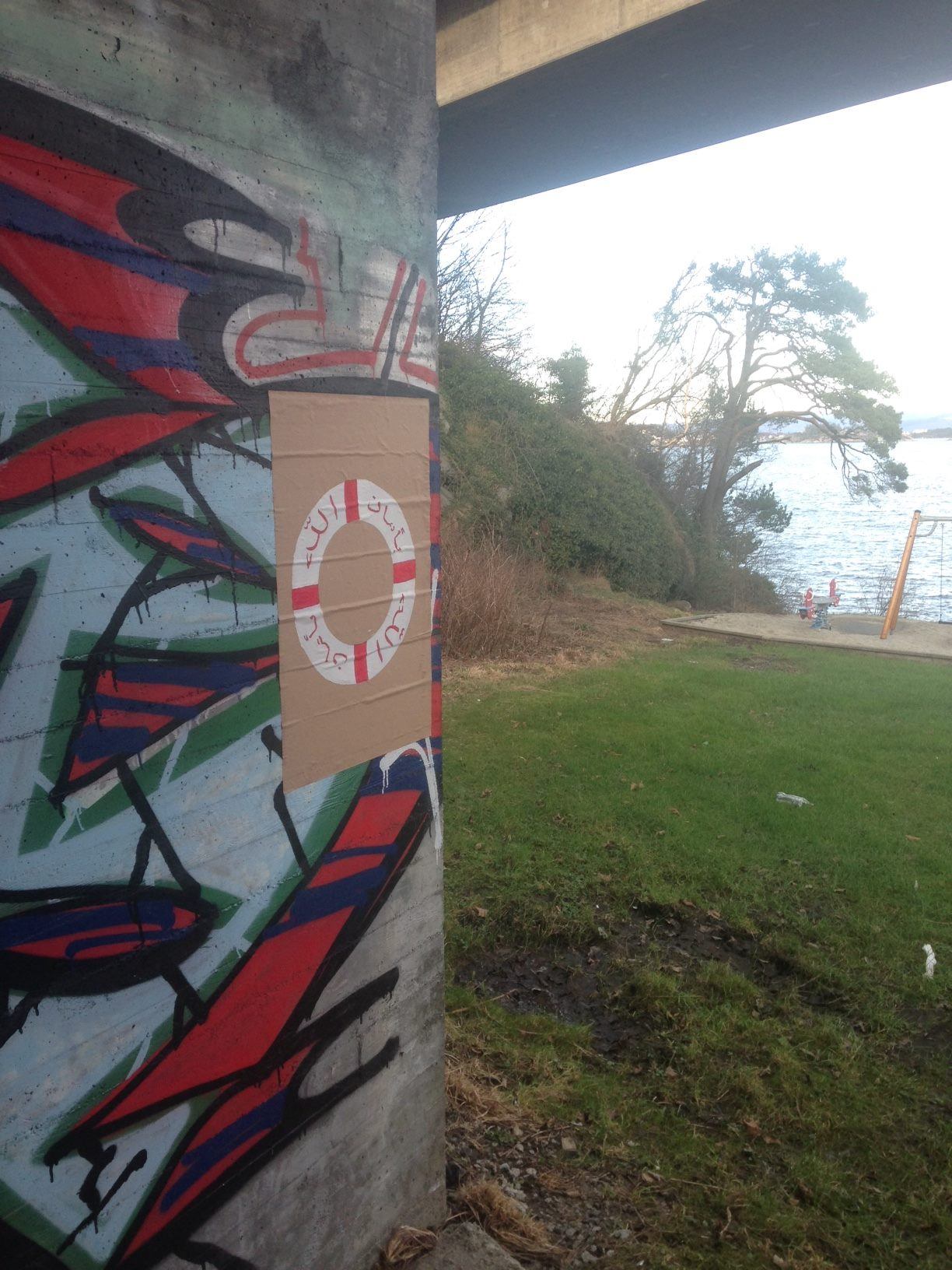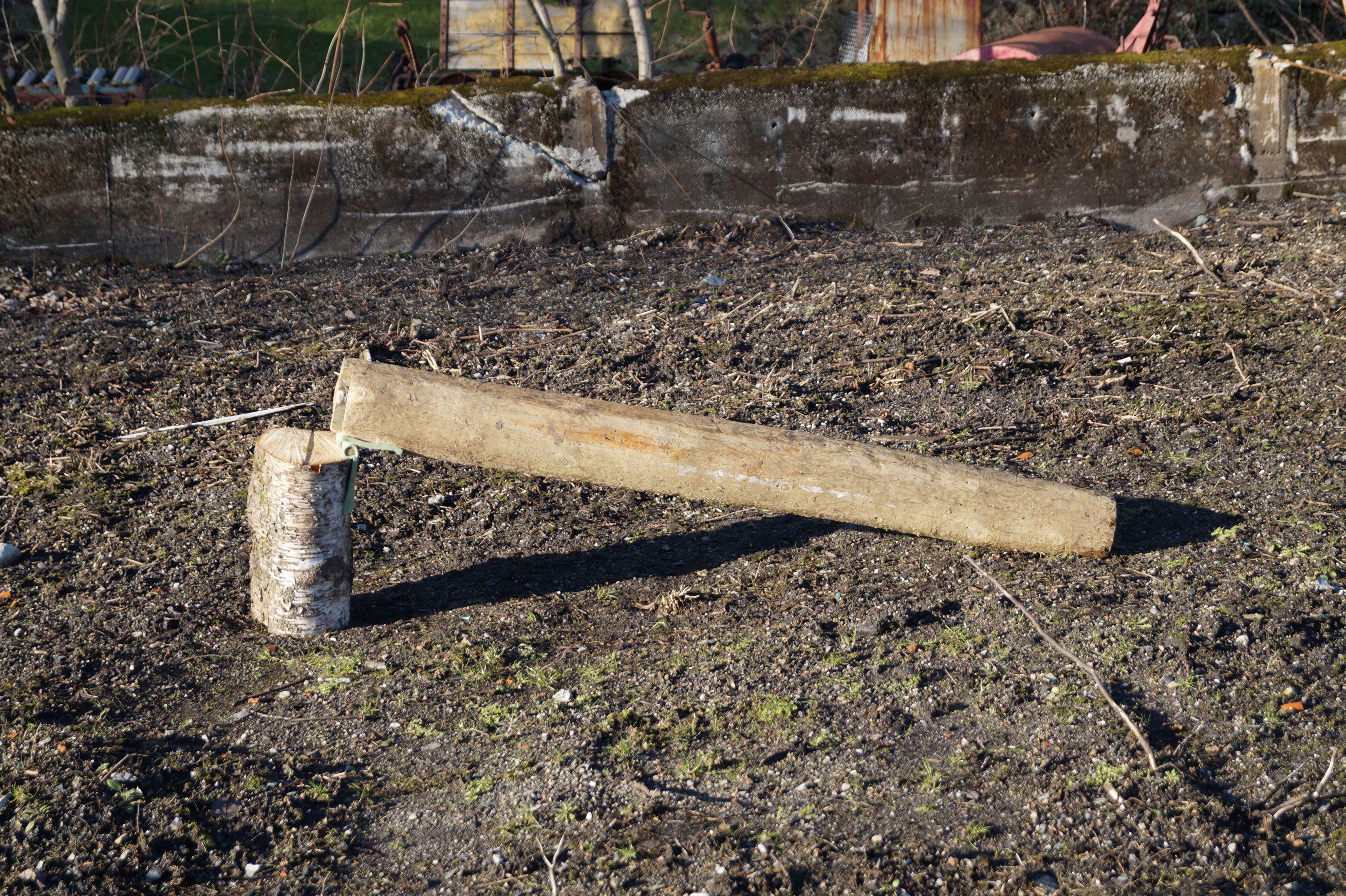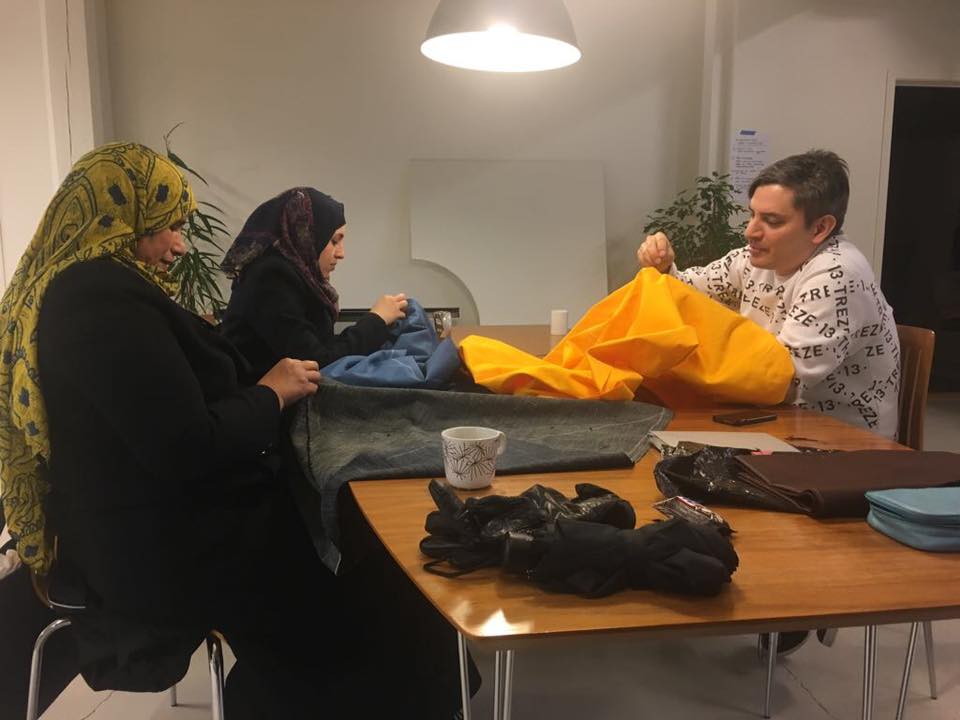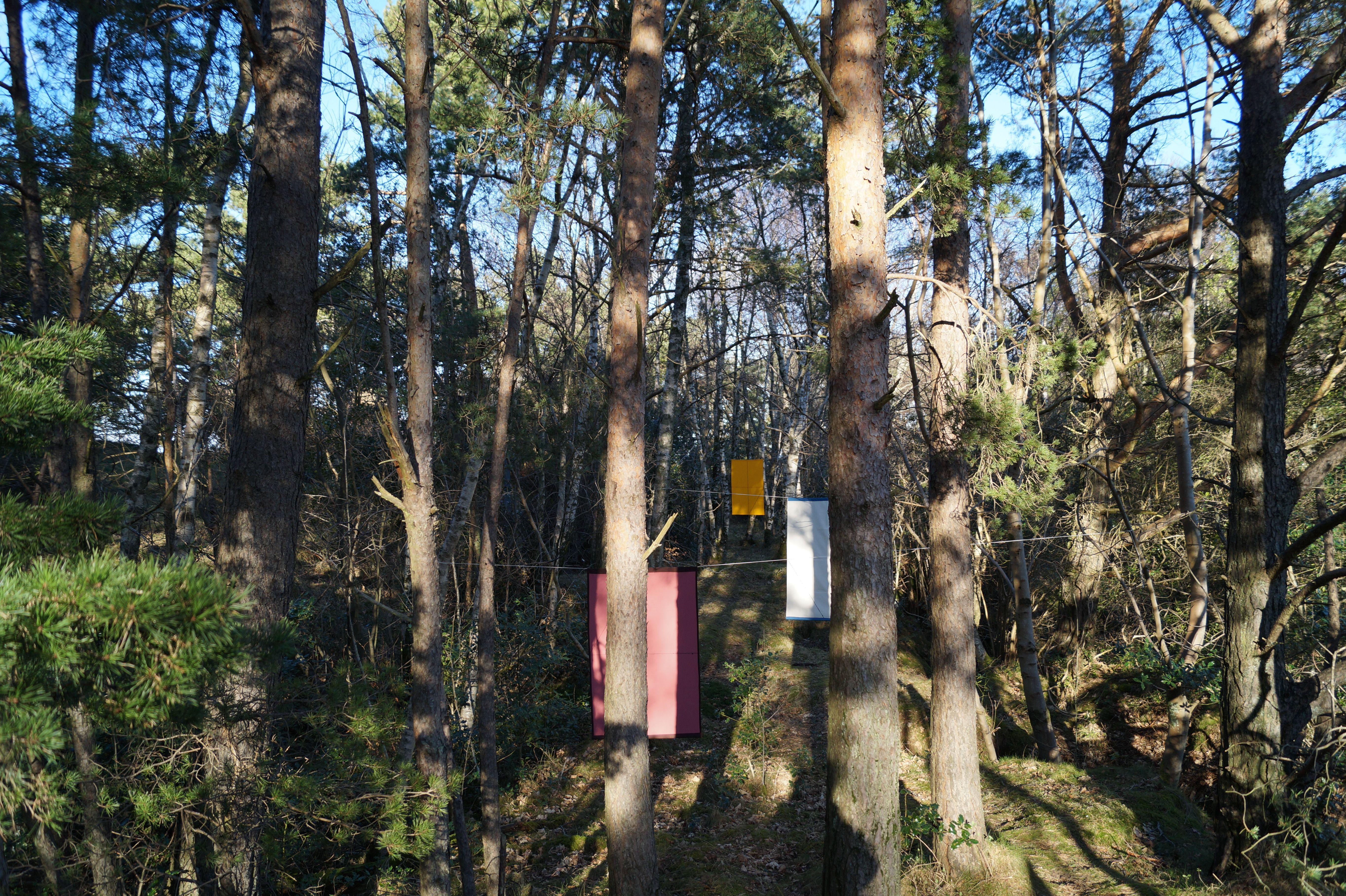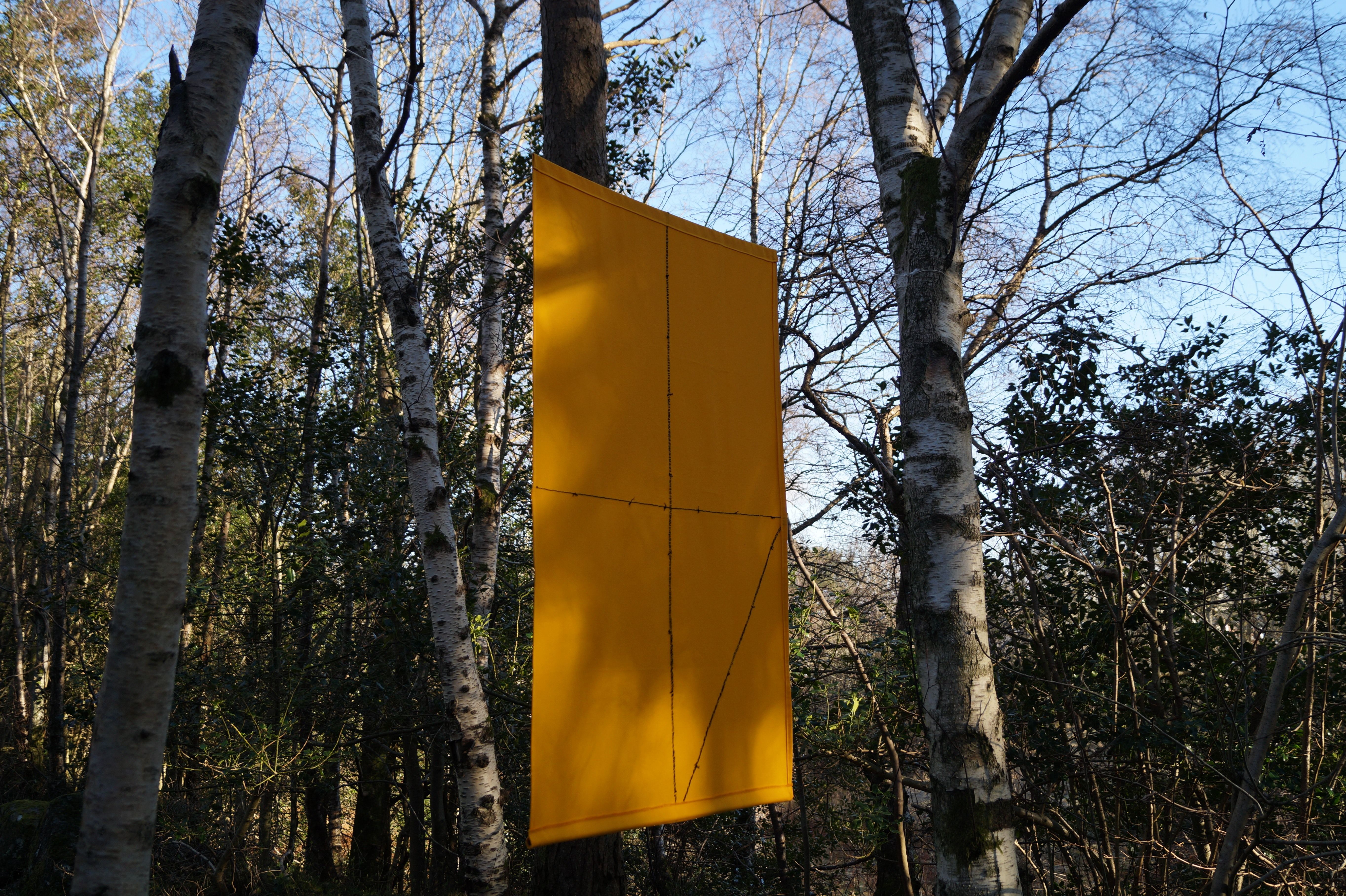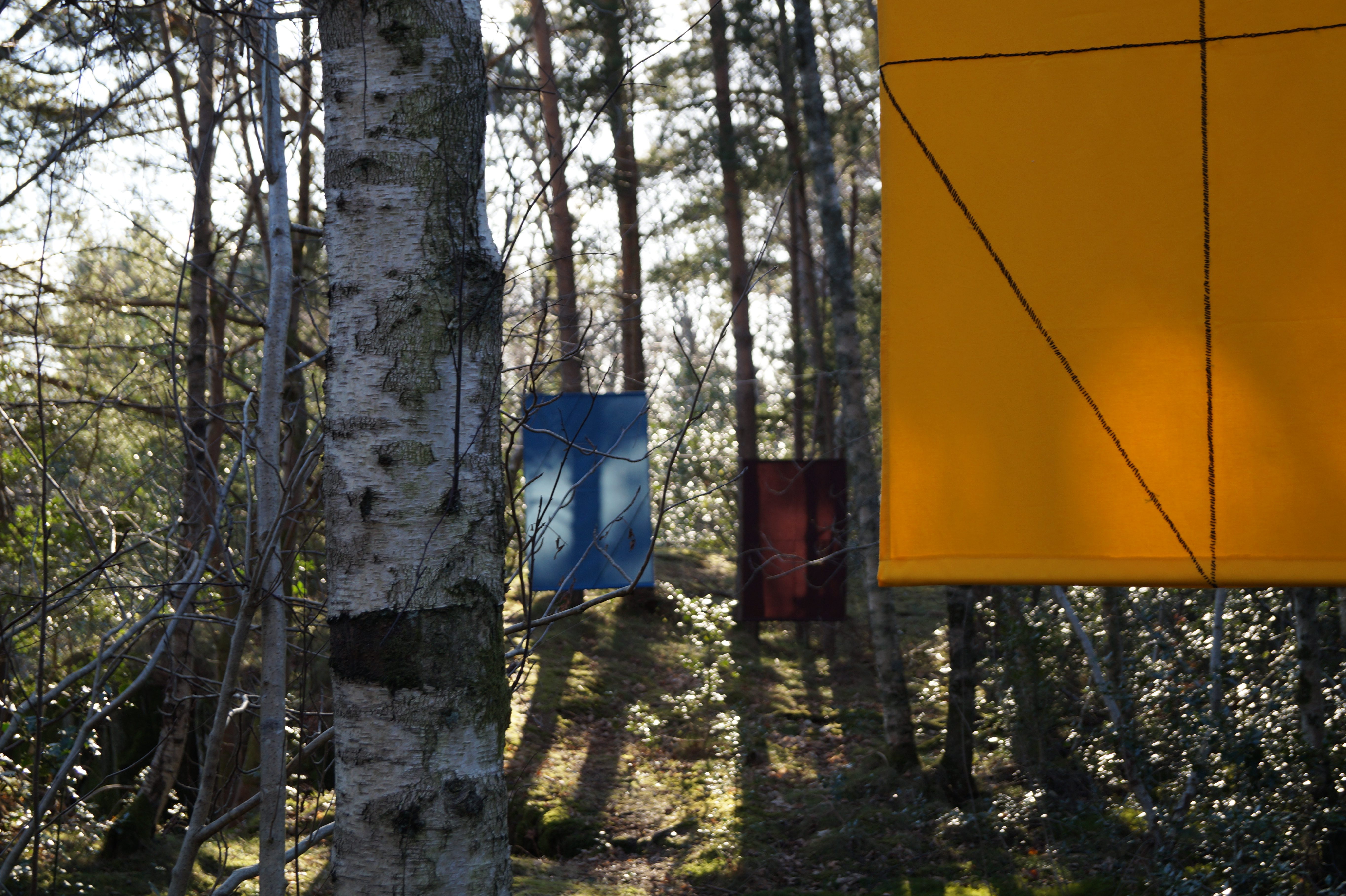Just like everything in life, my curatorial outline has changed since I began working on the project. I had initially chosen a different lineup of artists that included a mixture of mid-career and emerging international artists. Budget constraints can be a positive in that they make you realize that you don’t have to reach so far to find incredible artists. Now, thanks to help of Ingeborg Kvame, we have an amazing selection of local artists including: Ingeborg Kvame herself (she was part of the initial selection of artists), Margrethe Aanestad, Anngierd Rustand, Line Anda Dalmar, Per Kristian Nygård and Tove Kommedal. Currently, Tove Storch is the only international artist who will be involved in the upcoming presentation. I saw her work at ISCP Open Studios in New York and am very interested in her ability to combine severe form with natural, organic elements. Ingeborg Kvame and Margrethe Aanestad will work on Sølyst in September. Both artists are very interested in transforming natural and discarded materials into art. Kvame is interested in transforming our relationship to objects especially, exploring questions about time and decay, while Aanestad is more of an expressionist and is very invested in relationships between materials, light and shadows. Line and Per Kristian, a couple, are scheduled for October. I am very excited about the way that Line “copy and pastes” nature in her work, like in her aluminum casts of parts of mountains. I also love Per Kristian’s ironic pieces in which nature is in some ways “abused” to fit specific shapes and spaces. Anngjard Rustand uses materials from the land, such as fruit and ash, and achieves the most beautiful landscape paintings. Tove Kommedal strikes me as the most radical of all: she evokes persistent unrest with her work. I can’t wait to see her work evolve on Sølyst in May 2018. I am very happy to be able to work with local artists and get their insight into the politics and history of the island. By involving local artists in the project, we also open the door for them to follow the development on the island in the upcoming years and continue with the work we have started. Through this project, our aim is to create continuous conversation about humans' relationship with nature, working towards an understanding of nature and our role in preserving it. Part of me sees this program as activism, especially in a time where in my community in New York – and all around the world – we are fighting for space and fighting against gentrification and inequality. For me it is incredibly important to involve artists in the changing landscape. Art serves as a tool for raising awareness and building movements. In this project we are focusing on how nature is used in each artist’s approach to addressing different topics, making a connection to our society with personal, sometimes political, and often critical stories.


